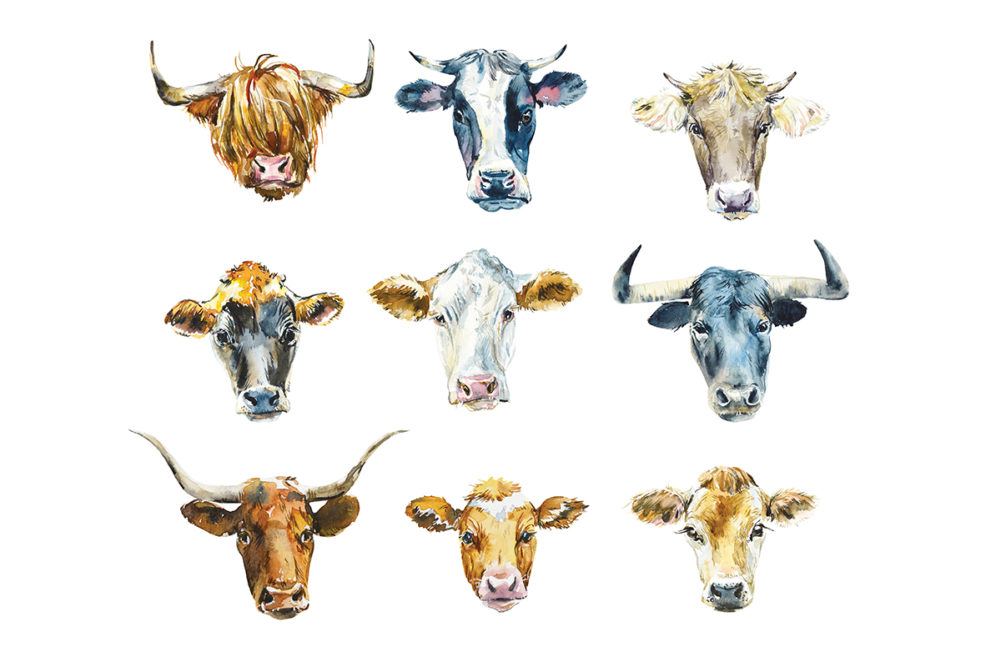Fed cattle weights are trending toward being super heavy. Some of these animals are so wide that they are getting stuck in chutes and restrainers. Widening some of this equipment to accommodate these wide cattle will be expensive. The huge cost is due to two factors – skyrocketing steel prices and a shortage of skilled welders and fabricators to build new equipment. Many plants no longer have in-house ability to build large equipment. Unfortunately, many in-house shop facilities were closed down years ago. Management decided that outsourcing new equipment was cheaper. Today many have learned that this may have been a bad decision.
There is another solution to the huge wide fat steer problem and that is breeding smaller cattle. These animals will fit in existing equipment and have meat quality that consumers want. Today, huge Angus or Angus-cross animals are profitable because the consumer really likes Prime beef. Prime has become popular among today’s shoppers and diners. Smaller cattle can be developed that will grade Prime at a lower finished body weight. A brief review of cattle breeding history will provide some insights.
In the 1970s, when I first started my career, Angus and Hereford cattle would grade Prime at much lower weights. Many of these cattle had really heavy external body fat that was detrimental to yield grades. Due to consumer demand at that time for leaner beef, breeders responded by breeding a taller, leaner animal that would grade Choice. These cattle were developed during the late 1970s and 1980s. To make this type of cattle grade Prime often requires much higher finished weights.
Changing breeding is win-win
Another problem with these huge fed steers is that they have huge sisters, who are the mother cows out on the range. Drought has made it more difficult for ranchers to feed large cows in the winter. Feeding hay when there is snow on the ground is expensive.
I recently presented at a Beef Quality Assurance workshop in Burlington, Colo. This provided an opportunity for me to talk to many ranchers in eastern Colorado. I also got to see a lot of cattle when I drove for two hours between Denver and Burlington. Ranchers are switching to smaller cows that will be easier to feed in the winter. Some of them are now raising Red Angus because they are smaller. While driving through over 100 miles of pastures, I saw many red cattle.
The bottom line is that large cows do not work in arid Western rangeland. In the 1970s, when I lived in Arizona, our county agent told ranchers that there were “not enough groceries in the desert to feed large cows.” He said this when the first huge Charolais and Chianina cattle were imported from Europe. The Hereford cattle that ranchers were successfully raising on the high desert land were much smaller.
The solution is to breed a smaller animal that will finish to a Prime grade at a lighter weight. That will also provide a cow that a rancher will have to feed less hay to in the winter. To do this may require using either old Angus and Hereford genetics from the 1980s or using more Wagyu. The leaner, taller beef cattle that were developed in the 1980s are the wrong animals to use for producing Prime-grade cattle today.



